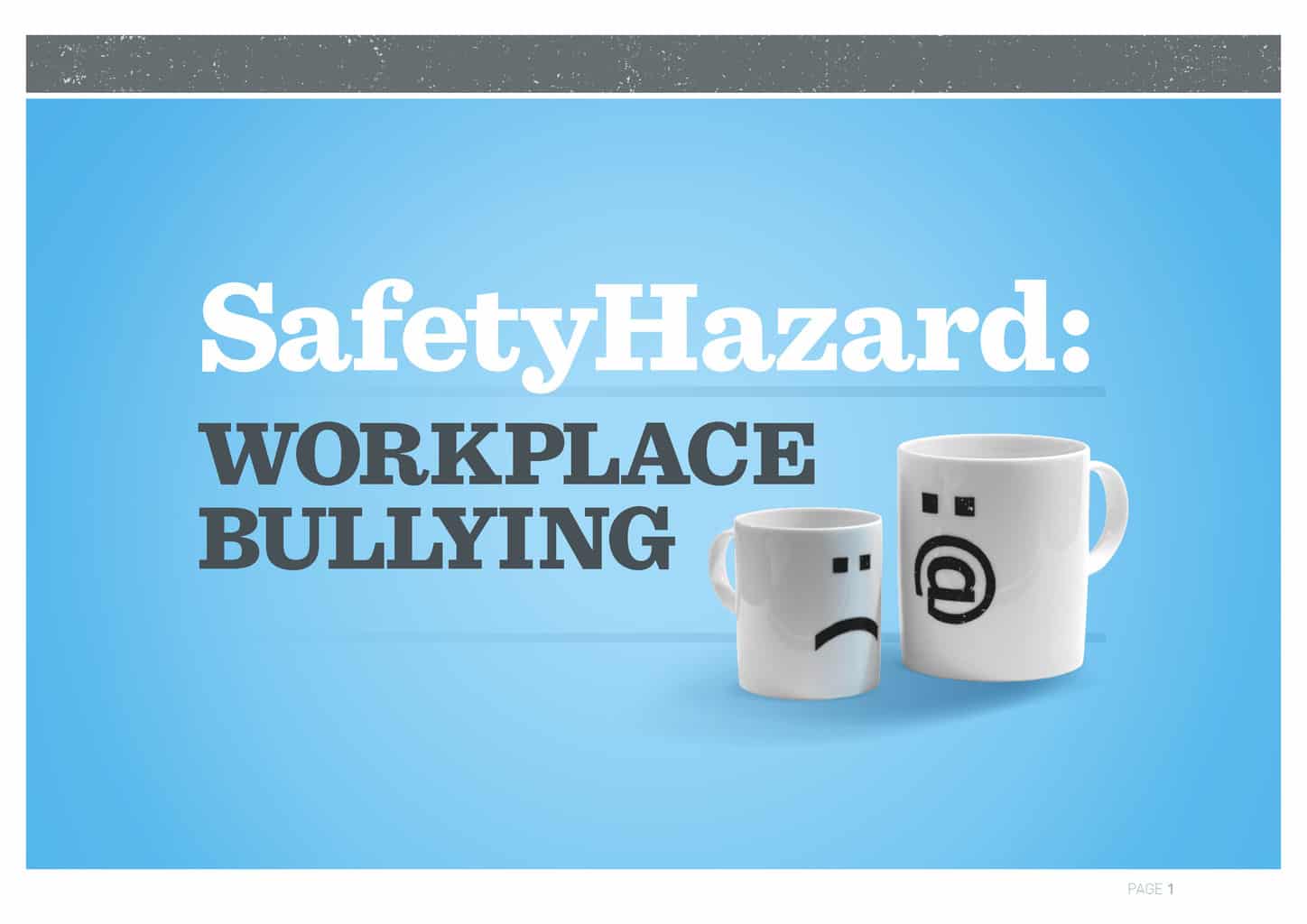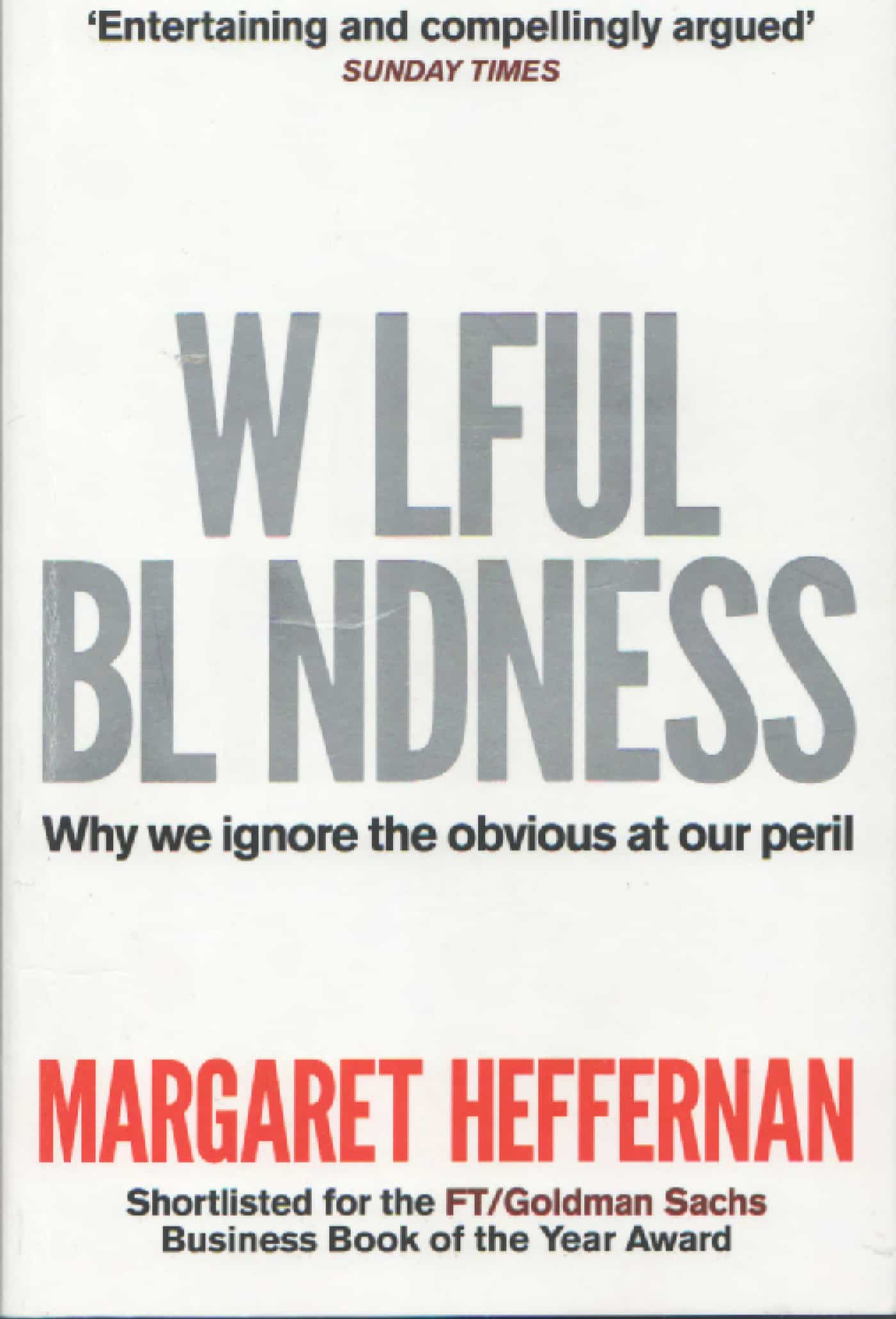Workplace bullying policy matters are at their peak in Australia this week as public hearings occur at the House Standing Committee on Education and Employment inquiry into workplace bullying. Several experts on the prevention of workplace bullying will be appearing at these hearings but the topicality also allows others to release or promote data on workplace bullying.
 Safety Consultants Australia (SCA) released a “blueprint” on Safety Hazard: Workplace Bullying in March 2012 that has been recirculated this week. The blueprint is a useful example of the care that needs to be taken when summarising data on workplace bullying.
Safety Consultants Australia (SCA) released a “blueprint” on Safety Hazard: Workplace Bullying in March 2012 that has been recirculated this week. The blueprint is a useful example of the care that needs to be taken when summarising data on workplace bullying.
SCA states, IN VERY BIG LETTERS, that the Productivity Commission estimated that
“Workplace Bullying costs Australian employers between $6 – $36 billion every year.”
SCA has released a flyer with the same information in EVEN BIGGER LETTERS however the Productivity Commission’s report Performance Benchmarking of Australian Business Regulation: Occupational Health & Safety (2010) states on page 279:
“Estimates of the prevalence and cost of psychosocial hazards vary considerably. For example, using international studies as a guide, estimates of the annual cost of workplace bullying to employers and the economy in Australia ranged from $6 billion to $36 billion (in 2000).” Continue reading ““Loose” workplace bullying statistics published”




